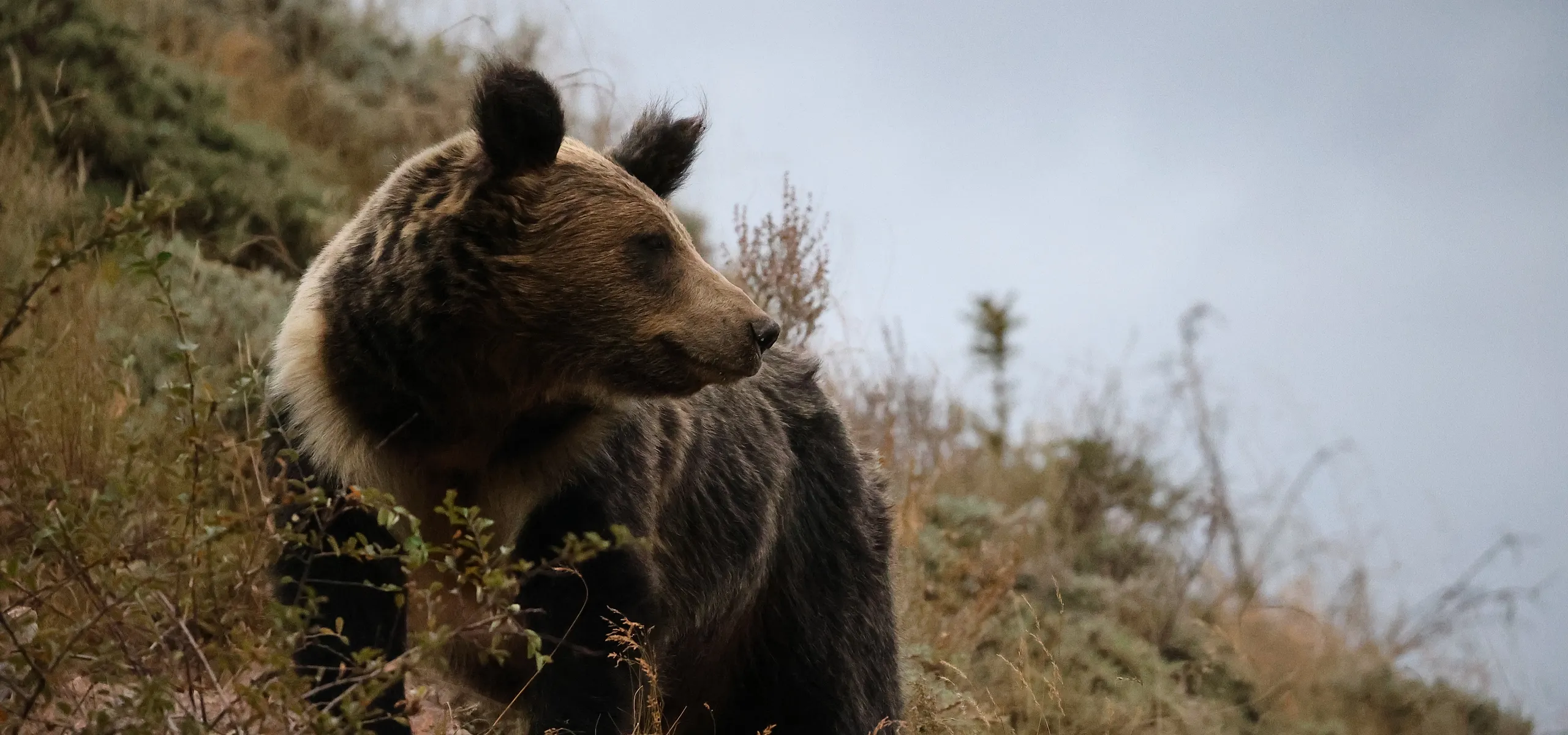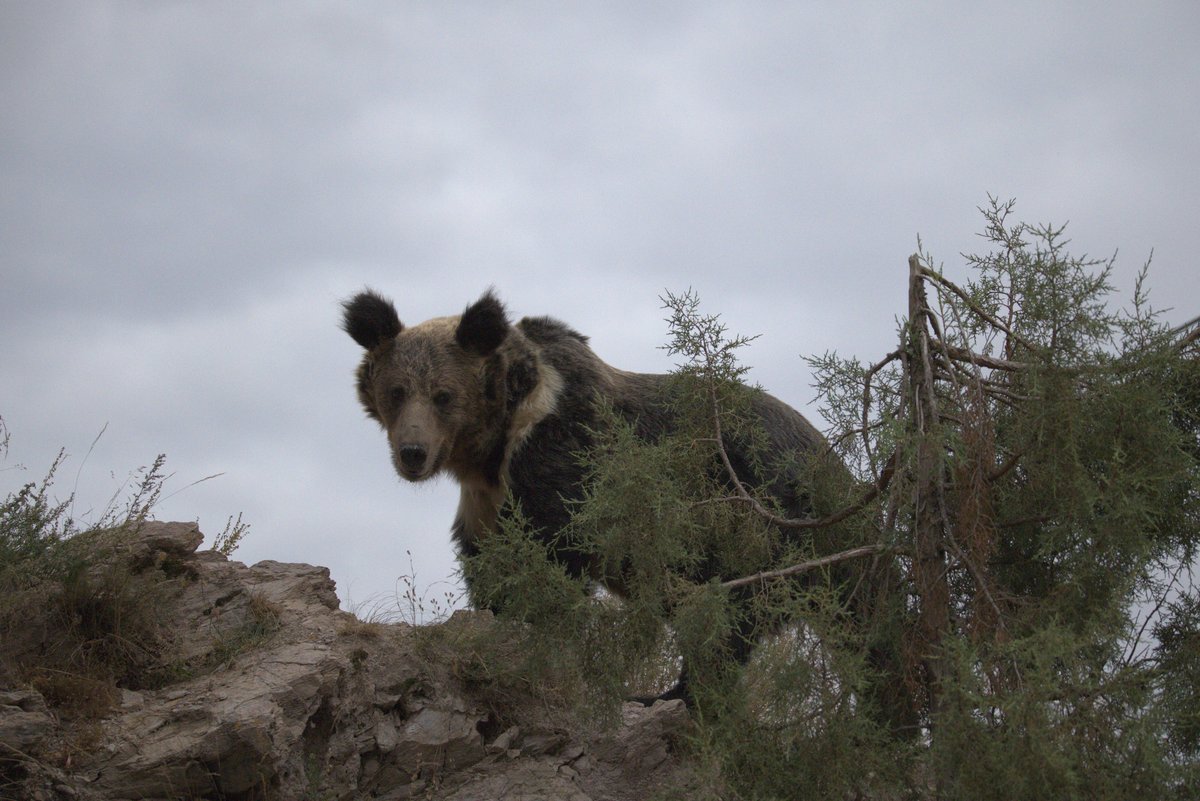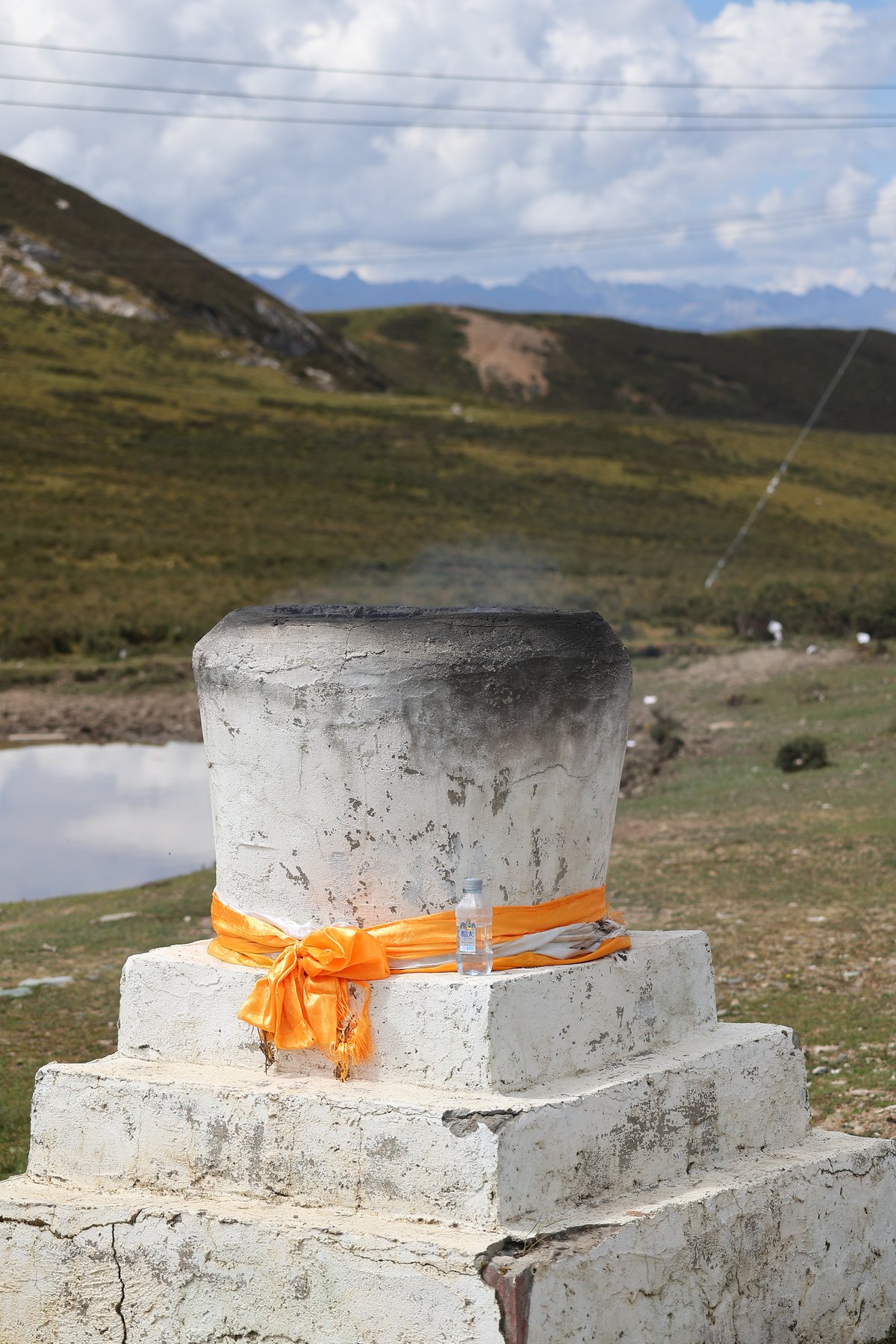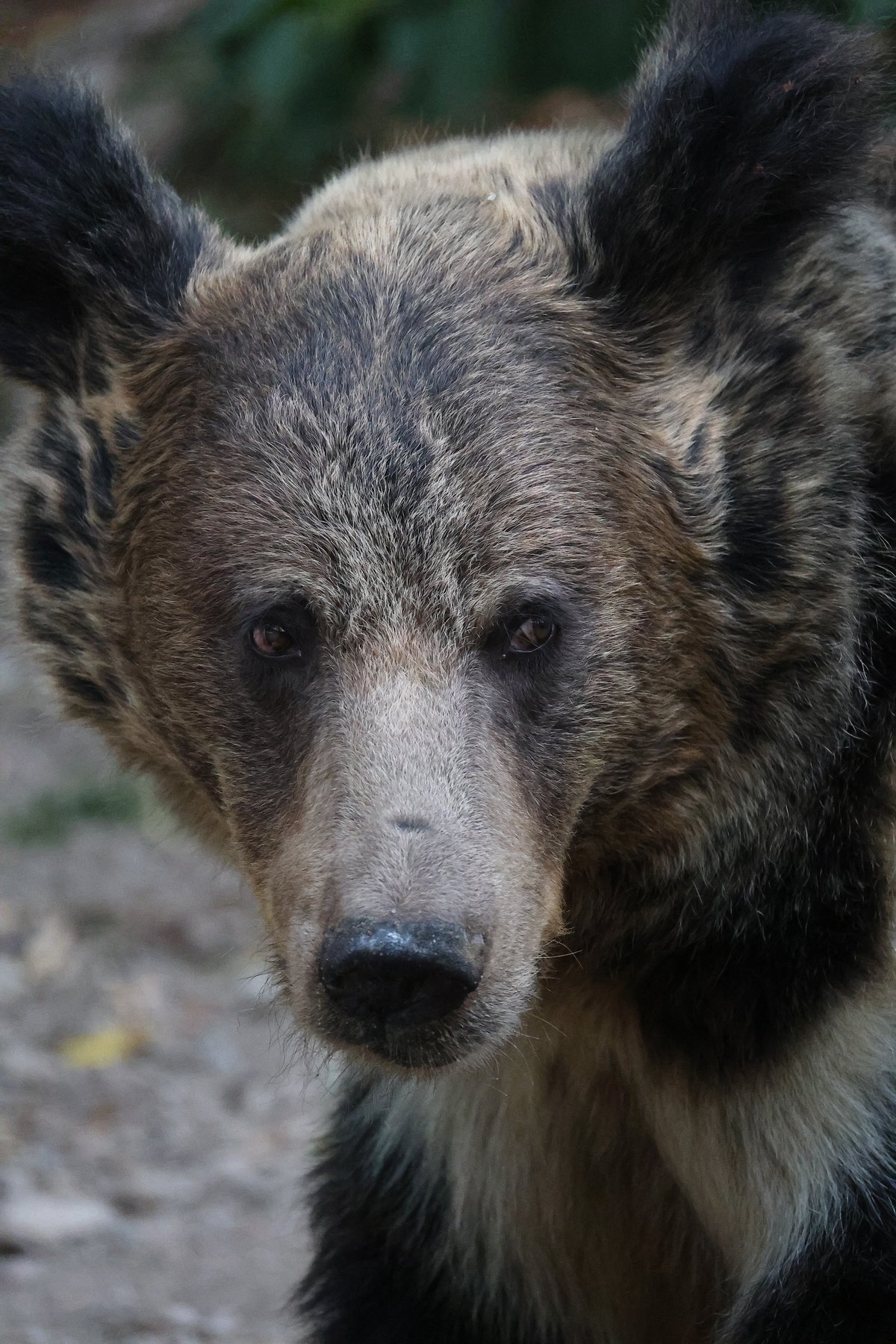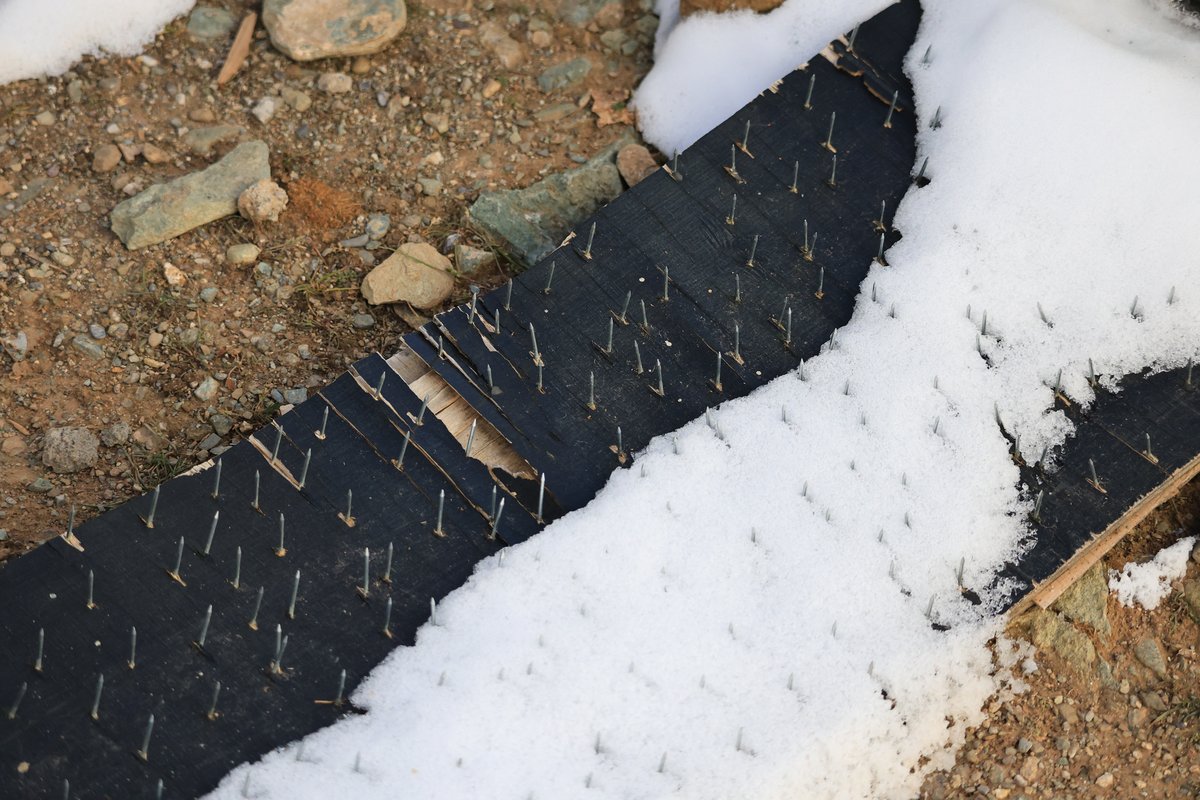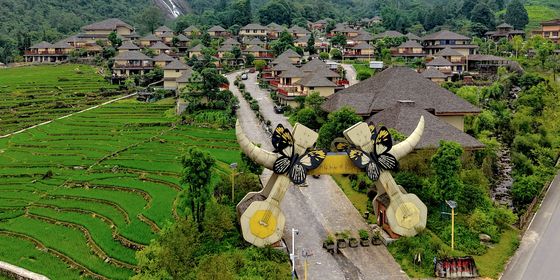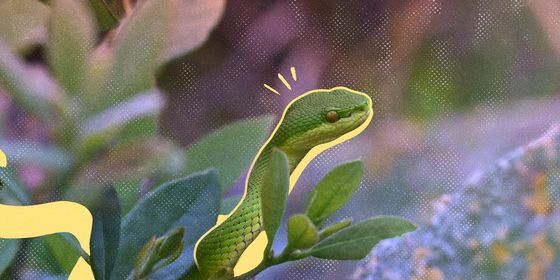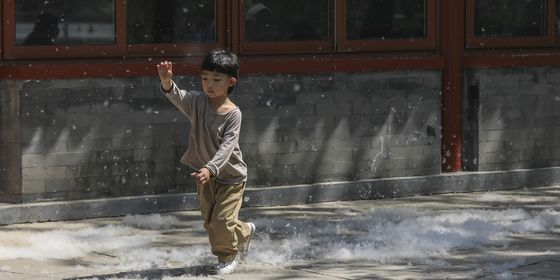Over the past two decades, rising human-bear conflicts in the Sanjiangyuan region, fueled by misinformation on social media, have turned a once sacred creature into a villain in the eyes of younger generations
This story was originally published in Chinese by GuokrNature and has been lightly edited for clarity.
After dinner, Sani hurries to light a fire. There is no need for heating on this July day—still warm even in Yushu, a Tibetan Autonomous Prefecture in Qinghai known for its high altitude, thin air, and cold climate. But Sani explains, “You must light the fire. The smell of smoke keeps the bears away.” Then he asks me for a flashlight, saying it could help scare the bears off.
I’m sharing a room with Drolma. She grew up in a place where bears rarely appeared, but she often hears stories about them from friends in pastoral areas. At half past eleven that night, she suddenly gets up to lock the door. “I’m afraid a bear will come in,” she says. “Do you really think that lock could stop a bear?” I ask. She answers seriously, “I kept hearing knocking sounds just now. I don’t know if it was a bear.” I haven’t heard anything myself. I figure she is just nervous.
People in the area weren’t this scared of bears before. Trying to make sense of this fear, I conducted field research on human-bear conflict in Yushu, part of the Sanjiangyuan region—the “source of three rivers,” referring to the Yellow, Yangtze, and Lancang (Mekong), from September to October 2023 and again from May to September 2024. I want to understand why human-wildlife conflicts in this area have escalated over the past two decades.
Read more environmental stories from China:
- Troubled Waters: A Lakeside Village Struggles to Adapt to China’s Landmark Fishing Ban
- Tree-mendous Trouble: Catkins, Fluffs and Other Consequences of Beijing’s Green Ambitions
- As Lychee Harvests Dwindle, Guangdong’s Farmers and Artists Ponder How to Take on Climate Change
The rising attacks
Bears are like the smoke from burning cow dung—hazy, drifting through the air yet present everywhere. Research shows human-wildlife conflict incidents in the four counties of Zhidoi, Qumarleb, Zadoi, and Madoi in the Sanjiangyuan region increased more than twentyfold in recent years—from fewer than 1,000 in 2015 to nearly 20,000 in 2020. Tibetan brown bears were the most worrying to herders.
A 2020 study in several areas of Sanjiangyuan found that over 88 percent of the around 300 residents had experienced bear intrusions into their homes to varying degrees. Bear attacks on humans have also occurred. In Zhidoi county alone, there were five such incidents from 2014 to 2017. As a result, hostility toward bears has increased among the locals. Some herders have even moved away from the pastures out of fear. Videos of torture and retaliation against bears have also surfaced on social media.
“In 2021, the bear came back for the second time. It destroyed everything in the house and ate all the food. We didn’t dare stay there anymore,” says a resident from Ganning village. “Normally, I don’t live there—only my mom stays in the pastoral area, and all the neighbors have moved away. If a bear came, she’d be in serious danger. So my mom sold all the cattle and moved to town.” In other counties, there have been reports of people giving up seasonal pasture rotation or selling livestock and relocating to towns out of fear of bears.
Messengers of the mountain gods
But bears weren’t always seen with hostility. In traditional beliefs, bears are regarded as the guardians of sacred mountains.
“Brown bears are sent by the mountain gods,” says Tashi, a 58-year-old herder. “If you don’t offend the mountain gods, the bears won’t harm you.”
To Tashi, mountain gods are like people—they have moods and preferences. They can feel scared and angry. Activities like mining, hunting, shouting in the mountains, or even the burnt smell from milk occasionally spilling on the stove at home are believed to anger the gods and bring karmic retribution.
Tashi believes that people’s fear of bears stems from not realizing the consequences of their actions. “That’s why I never speak loudly near sources of water [considered sacred in local beliefs] in the mountains. I teach my kids the same—don’t wash hands in the springs, don’t pollute the water,” says Tashi.
Many believers say that if humans don’t harm bears, bears won’t harm humans. They also believe that rituals such as weisang (煨桑, burning mainly cypress tree branches as an offering to the mountain god) and other religious ceremonies can appease the mountain gods and prevent bear incidents.
Tashi is also troubled by today’s human-induced environmental deterioration. “Many people are now extracting sand right along the Lancang River—they’re not afraid of offending the gods. If this continues, their religious faith will gradually disappear.” Drolma also expresses something similar. One evening, we are watching stars on a hillside as lightning flashed over the distant river. She looks at the lightning and says, “It never used to strike in that direction. But in recent years, people have been digging sand there. It must be karma retribution.”
Dundrop, a Tibetan Studies graduate student at Tibet University, isn’t sure whether bears really are mountain gods’ “guard dogs,” but he thinks the idea is valuable: “There’s no need to question it—it contains a form of social governance.” He notices that when people hold this belief, they tend to reflect on their own actions when conflicts occur. Normally, being hurt by a bear might lead someone to seek revenge. But under this belief system, many Tibetans refrain from doing so.
Bears’ shifting image
However, the younger generation is now skeptical of—or outright rejects—the idea of mountain gods and their messengers.
Jamyang from Nangqen county tells me that: “I used to believe it. But now, nearly every family has had a bear break in. Even monks’ rooms in temples aren’t spared. There’s no way they all offended the mountain gods.” He believes bear attacks are not karmic retribution, but rather the result of the bears’ own will, driven by external factors such as climate change and a growing bear population. “I think it’s because the bears are used to eating human food—junk food and such.”
As education and internet access expand in Tibetan areas, modern scientific views are now clashing with traditional beliefs, giving rise to new authorities.
“When I was young, I thought bears had a kind of spirituality. My grandma told me they were mountain creatures we shouldn’t disturb. But in school, I learned they’re just wild animals,” says Rinju from Nangqen. “I used to be more afraid and reverent. Now I’m more rational because I know more.”
As human-bear encounters increase, a new image of bears is emerging: one of a dangerous, intelligent adversary.
Many young people from the region have described bears in detail, even attributing personality traits, calling them “naturally evil” or “lazy.” For instance, 20-year-old Pasang describes bears as bullies who “fear the strong and pick on the weak.” He says he got that impression from a video on Kuaishou, a Chinese short video platform. In the clip, a bear was chasing someone until a stronger-looking person appeared, then the bear ran away. The video included dramatic narration and subtitles labeling the bear as a coward.
Jamyang, on the other hand, says bears are clever. One of his neighbors once laid a spiked board in front of his house, but a bear still got in. They later discovered that the spikes had been covered with an old piece of clothing, possibly placed by the bear itself to protect its paws. “Bears are incredibly strong. We had a metal house, and the bear smashed the door open,” he adds.
Yangga, a 17-year-old herder, complains that, “Bears are kind of annoying. It’s bad enough they break in to find food, but they also leave everything a mess.” Sonam, a 27-year-old herder, echoes the idea: “Wolves might run away if you fight back. But bears get even angrier. I saw in a movie once that when a bear got shot, it became furious and tore the hunter apart.”
Fear has become the dominant emotion among these young adults. Despite the fact that attacks usually occur when a bear is startled or feels threatened, and that they do not hunt humans for food, many still describe bears as “people eaters,” especially as more locals are injured or killed in such encounters.
What’s driving the fear
Scholars have yet to agree on a single cause for the rise in wildlife-human conflict in recent decades. Many factors could be at play: global warming may shorten hibernation and increase food needs; the region lacks systematic population monitoring, but herders report seeing more bears—up to seven at a time, compared to one or two in the past; changes in pasture quality and long-term rodent control may have reduced wild food sources; a decline in sheep herding may make livestock harder to hunt; and gun control measures may have made bears less fearful of humans.
Once, bears could be hunted; now they’re strictly protected. This helps bear populations recover, but may also deepen fear. In Sanjiangyuan, the issue of whether to resume selective bear hunting is a contentious one. Supporters believe targeted hunting could make bears more fearful of humans and restore a sense of agency in communities. Opponents argue that this violates Buddhist principles of nonviolence and fear it could open the door to poaching.
Power imbalances also exacerbate wildlife-human conflict. In the past, herders built mutual aid networks based on kinship. But as more families move to towns, those remaining in the pastures are often more isolated. Dundrop observes: “I often hear people say, ‘We’re the only family in this valley,’ and that makes them scared.”
Social media, meanwhile, amplifies the perceived frequency and severity of bear incidents. Many people’s understandings of bears come not from firsthand experience, but from exaggerated short videos. Many fictional bear encounters still circulate among young people. Some say that bears can take on human form to hitch rides by the roadside, that they can speak, and that when injured, they smear their blood at water sources to curse those who harmed them. As 21-year-old Payang puts it, “Bears are like ghosts.” His friend Sonam adds, “I used to love watching Boonie Bears (a Chinese animation series about the life of two bears and their conflict with a lodger). Now I can’t even look at it!”
A delicate balance
Human-bear conflict isn’t a simple story of one side defeating the other—it’s a dynamic, escalating feedback loop. Even if immediate threats are resolved, new concerns are bound to emerge.
Traditional knowledge about coexistence may still help, but the influence of modernity isn’t necessarily harmful—it can also equip communities with tools for better understanding and managing wildlife. This requires joint effort from residents, community workers, and government actors.
In recent years, some conservation organizations have begun strengthening bear-proof measures in local buildings, such as constructing bear-resistant houses and installing electric fences. But villagers still worry bears will find ways around them. In Ganning village, a second floor was added to homes for food storage, but locals fear bears may soon learn to climb stairs or walls.
While defenses may offer temporary relief, growing hostility and misunderstanding may deepen the conflict. Conservation organizations are now working to change these perceptions. They’ve begun publishing bear safety manuals in Tibetan and studying the roots of fear, aiming to design targeted interventions, curb misinformation on media platforms, and promote science education to foster a more tolerant, coexistent mindset.
From “messengers of the mountain gods” to “terrifying enemies,” perhaps in a few decades, bears will take on a new meaning in the locals’ minds. Or maybe, one day, people will simply say: the brown bear is just another living creature that shares this land with us.





